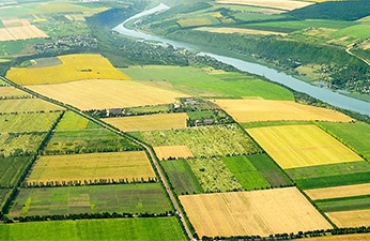Cooper grid
- NON-FERROUS METALS
- General information
- About us
- Rolled COPPER
- Rolled Copper
- Oxygen-Free copper
- Oxygen-free copper M0b
- Copper rod
- Copper rolled metal
- Copper seam roofing
- Copper metal roofing
- Copper shingles
- Copper roofing sheet
- KME copper roofing
- Copper roofing TECU
- Copper roofing M1f GOST 495
- Copper roll
- Roofing made of copper M1f GOST 1173
- Patinated copper TECU (oxidized copper)
- Other rolled cooper
- Copper wire
- Copper welding wire
- Tinned copper wire
- Wires copper winding
- Copper wire electrical
- Enameled copper wire (enameled wire)
- Copper square
- Copper profile
- Copper Angle
- Profiles of copper M1
- Profile Copper M2
- Copper rods
- Circle copper M1r
- Cooper circles M3
- Copper circles M2f
- Cooper rods M3R
- Copper circle M1f
- Rod copper M1
- Rod copper M2
- Copper hexagon
- Pipes made of copper
- Copper pipe GOST 21646
- Copper tube GOST 16774
- Copper pipe profile
- Copper pipe rectangula
- Copper-nickel pipes
- Copper pipes and fittings GOST R 52318
- Copper pipe for underfloor heatin
- Copper pipes for water supply
- Copper pipes for heating
- Copper pipe GOST 617
- Copper tubes annealed
- Copper pipe seamles
- Copper pipe annealed
- Copper pipe thick-walle
- Cooper thin-walled pipes
- Pipes made of copper GOST 2624
- Copper capillary pipes Group B
- Copper capillary pipes Group A
- Flat rolled copper
- Copper tape GOST 1173
- Tape Copper M2
- Tape copper electrical
- M1 Copper tape
- Soft copper tape M1
- Copper plate GOST 1173
- Copper plate M1
- Copper strip GOST 495
- Cooper band M1
- Copper foil GOST 5638
- Copper Foil M1
- Copper sheet GOST 495
- Copper sheet M1r
- Copper sheet M1r
- M2 Cooper sheets
- Copper ingot
- Copper MB (vacuum copper)
- Copper MK
- Electrical copper M1E
- Copper ingots
- M1 copper ingots
- Copper cathode
- Cathode copper m2K
- Copper cathodes M0k
- Copper cathodes M00k
- Copper Cathodes M1k
- Copper powde
- Copper nanopowder
- Copper powder superfine PMVD
- Ultrafine copper powder PMU and others
- Electrolytic copper powder
- ICP-1 Copper powder
- Cooper grid
- The alloy of copper-phosphorous
- Copper phosphorous MF9
- Phosphor copper MF10
Cooper grid
Grid copper is not subject to corrosion and acid-base environment, has anti-magnetic properties, wear resistant. Produced mesh copper wire of different diameters and different mesh size, as well as two kinds of fabric woven - plain and twill. All these parameters are regulated by GOST 6613. It sets parameters for woven wire mesh with square mesh, is made of non-ferrous metals and their alloys.
Grids are used:
-for the separation of the grain size of splintered materials;
-for the filtration of liquids and gases;
-for control of different materials on the particle size by grinding and crushing.
In accordance with the mesh size and wire thickness, and in accordance with the method of weaving, each species is assigned a copper mesh number. Grid copper must be made of annealed wire. It allowed discoloration, but not allowed corrosive spots, scale, cracks, creases, marks broach affecting the size of the cells, broken wires (more than 10 mm in length) and cross-linked site.
Grid copper produced in accordance with GOST 6613 has a certain diameter of the wire and the nominal size of the cells in the world, as well as specified deviation on these parameters, strictly in accordance with the rules of the standard. This standard regulates the width of each of the types of mesh and a minimum segment length.
Used mesh copper in electronics and instrumentation as screens for highly sensitive instruments and devices that protect from the effects of electromagnetic waves. Sometimes copper grid is set for the entire screening rooms for the staff in hazardous industries. Often, copper mesh screening in order to replace a copper plate or sheet and, though inferior to them in the density is much lighter in weight and price. An important factor is the ability of copper mesh breathable, water and light - often it is these properties are a priority.
|
|
|
|
|
|
|
|
|
|
|










